I like to eat my way around the globe – by exploring different cuisines.
Last Friday night, Juan’s mum, Susana, and I decided to hang out, because we were both free, as well as to spend some time together. Because it was dinner time, and I like to vary the foods I eat, I wanted to introduce Susana to a cosy lovely Hungarian restaurant named Turandot, situated at Fitz Roy 1747 in the chic Palermo neighborhood.
Initially I thought that the name “Turandot” was something with a Hungarian origin.
However, a quick search on the Internet returned mainly results of a famous opera called Turandot, which is an opera in three acts by Giacomo Puccini, set to a libretto in Italian by Giuseppe Adami and Renato Simoni. Wikipedia tells us that though Puccini’s first interest in the subject was based on his reading of Friedrich Schiller’s adaptation of the play, his work is most nearly based on the earlier text Turandot by Carlo Gozzi. The story, set in China, involves prince Calàf who falls in love with the cold princess Turandot. To obtain permission to marry her, a suitor has to solve three riddles; any false answer results in death. Calàf passes the test, but Turandot still hesitates to marry him. He offers her a way out: he agrees to die should she be able to guess his real name.

Want to save this recipe?
Enter your email & I'll send it to your inbox. Plus, get great new recipes from me every week!
Turandot, the opera by Giacomo Puccini
I’m not exactly sure why the restaurant is named Turandot, although it could be that this famous opera has been performed by Gyöngyi Lukács, who played the role of Princess Turandot.
Lukács is a soloist of the Hungarian State Opera House and a guest artist with many of the world’s leading opera houses, and I’m guessing that perhaps as a homenage to Lukács, this restaurant was named Turandot. (If this is not true, and anyone knows other possible reasons for the restaurant name “Turandot”, I’d love to know!)

Hungarian State Opera House soloist Gyöngyi Lukács as Princess Turandot
Let’s get back to the theme of food. Since I haven’t been exposed to other types of Hungarian food besides the Goulash, that’s the only thing I’ll be talking about today.
What is goulash?
Goulash (Hungarian: gulyás) is a soup or stew of meat, noodles and vegetables (especially potato), seasoned with paprika and other spices. Originating in Hungary, goulash is also a popular meal in Austria, Bosnia and Herzegovina, Croatia, the Czech Republic, Germany, Liechtenstein, Lithuania, the Netherlands, Poland, Romania, Russia, Scandinavia, Serbia, Montenegro, Slovakia, Slovenia, Ukraine and some regions of Italy.
What were the origins of goulash?
According to Wikipedia, The word “Goulash” originates from the Hungarian gulyás). The word gulya means ‘herd of cattle’ in Hungarian, and gulyás means ‘herdsman’. The word gulyás originally meant only “herdsman,” but over time the dish became gulyáshús (goulash meat) – that is to say, a meat dish which was prepared by herdsmen. Today, gulyás refers both to the herdsmen, and to the soup. From the Middle Ages until well into the 19th century, the Puszta was the home of massive herds of cattle. They were driven, in their tens of thousands, to Europe’s biggest cattle markets in Moravia, Vienna, Nuremberg and Venice. And the herdsmen made sure that there was always one “sickly” creature that had to be slaughtered along the way, the flesh of which provided them with a magnificent gulyáshús.

Budapest, the capital of Hungary, the country where goulash originated
As goulash first originated in Hungary, I’m going to focus on some of the types of Goulash found in this Central Europe country.
In Hungarian cuisine, traditional gulyásleves (lit. “goulash soup”), bográcsgulyás, pörkölt, and paprikás are thick stews made by cattle herders and stockmen. Garlic, tomato, caraway seed, bell pepper, and wine are optional. One may alternatively prepare these dishes as soups rather than stews. Except for paprikás, the Hungarian stews do not rely on a flour or roux for thickening.
There are many different variations of Hungarian goulash, which differ in terms of their ingredients or side dishes. Goulash can be prepared from beef, veal, pork, or lamb. Typical cuts include the shank, shin, or shoulder; as a result, goulash derives its thickness from tough, well-exercised muscles rich in collagen, which is converted to gelatin during the cooking process. Meat is cut into chunks, seasoned with salt, and then browned with sliced onion in a pot with oil or lard. Paprika is added, along with water or stock, and the goulash is left to simmer.
After cooking a while, garlic, whole or ground caraway seed, or soup vegetables like carrot, parsnip, peppers (green or bell pepper), celery and a small tomato may be added. Other herbs and spices could also be added, especially chili pepper, bay leaf and thyme. Diced potatoes may be added, since they provide starch as they cook, which makes the goulash thicker and smoother. A small amount of white wine or wine vinegar may also be added near the end of cooking to round the taste. Goulash may be served with small egg noodles called csipetke (also known as spätzle). The name Csipetke comes from pinching small, fingernail-sized bits out of the dough (csip =pinch) before adding them to the boiling soup.
Back to Turandot, the Hungarian resturant in Palermo, Buenos Aires.
It was the second time that I’d visited Turandot, but I’d enjoyed myself so much the first time with Juan that I’d been itching to return.
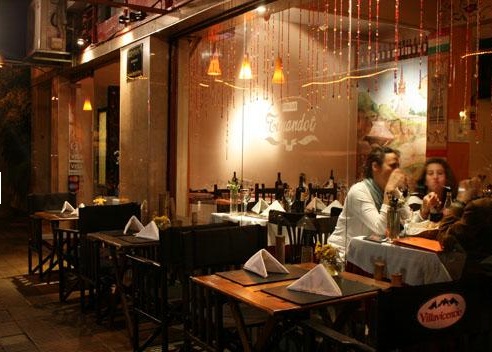
Turandot, from the outside looking in
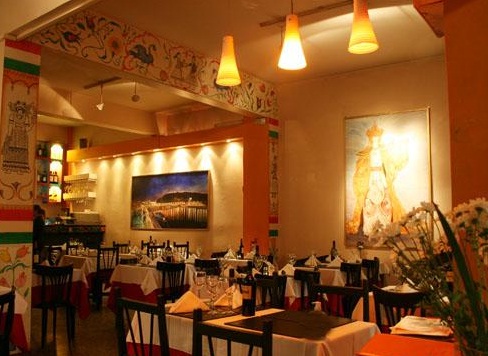
Inside the Turandot restaurant, decorated in warm colors and a painting of the Hungarian capital, Budapest
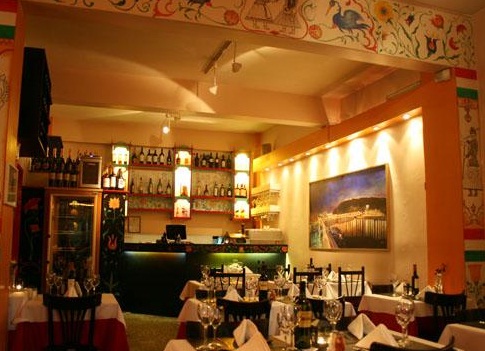
View of the bar and entrace to the kitchen
The highlight of the meal? Mutton Gulyás (or Birkagulyás), which literally is mutton goulash.
The mutton goulash is a classic stew of mutton with potatoes, tomatoes and green bell peppers in a red wine sauce flavoured with caraway seeds and paprika. Prepared with small chucks of mutton, which are left to stew and simmer over a rather long amount of time, and then flavored with spices and the intensity of red wine, this dish is an incredibly mouthwatering winner. It was served alongside with spätzle, a type of soft egg noodle found in the cuisines of southern Germany and of Austria, Switzerland, Hungary, Alsace and South Tyrol.
If you’ve never tried spätzle, it’s like a miniature version of the gnocchi, which is a kind of thick, soft dumpling, and may be made from semolina, ordinary wheat flour, flour and egg, flour, egg, and cheese, potato, breadcrumbs, or similar ingredients. To be honest, the gnocchi is my least favorite pasta, because it’s too stuffed with carbohydrates, but I get along surprisingly well with spätzle. I like that the spätzle is small and is the perfect amount of carbohydrate to complement the strong, rich taste of the mutton goulash.
This is the perfect sort of dish for a cool rainy night, to fill your stomach and warm your heart. It’s the kind of food that leaves you feeling happy and contented, nourished and well taken care of.
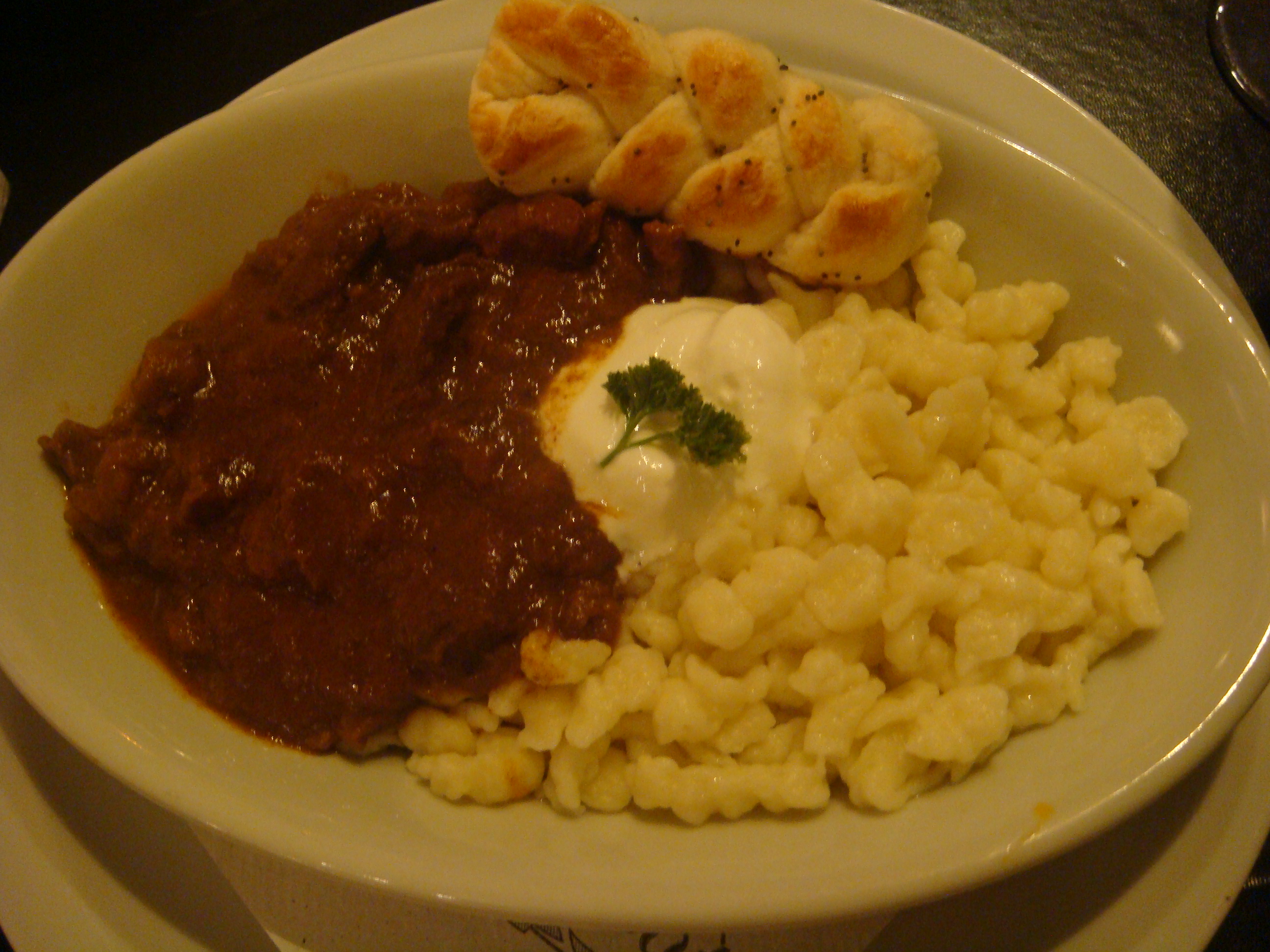
Deliciously Satisfying Mutton Goulash with Spatzle & Fresh Bread
As usual, we were too stuffed to order dessert, but were sufficiently contented with a large glass of house red Malbec wine each, which accompanied the goulash in the most enchanting way.
Price-wise, it wasn’t that expensive (at 100 pesos per person including tips – around USD 20), and for the warm, cosy Hungarian ambience, it was definitely worth it, and I’ll rate it a 9/10.
I am certainly heading back there again. Very very soon!

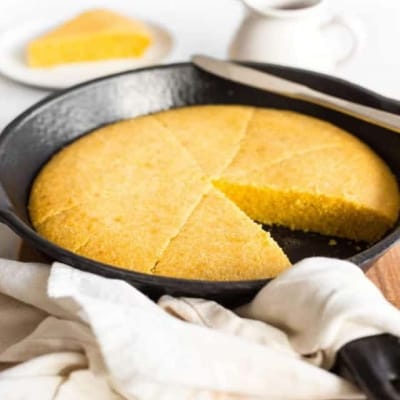
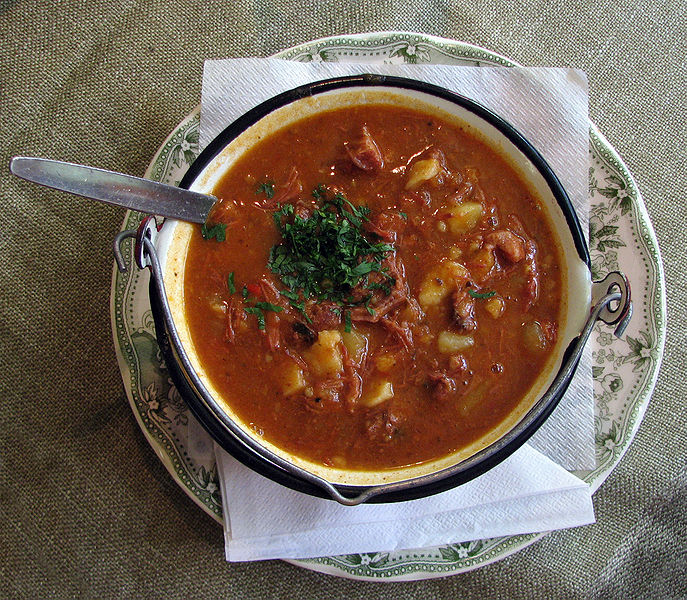



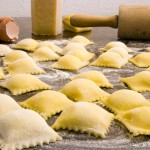

What a lovely introduction to Hungarian food! I appreciate all the historical background you put into this post. Especially that little treat about the opera! Oh and that spaetzle?? Any chance it can be Fed-ex’d to me immediately?! 😀
Hahhaha!
The spatzle was awesome!! I suppose you can buy fat egg noodles and cut them into small pinch-size pieces!!! and ta-dah! you get spaetzle!!
glad you liked the intro to hungarian food! and the part on the opera is interesting – although I’m totally not sure how it’s related to hungarian food but thats the name of the restaurant!!
😉
I don’t think I have ever tried Hungarian food. And learn so much from just this one post. Who needs Wiki?! Goulash sounds like a great meal during the cold season. Oh Oh Oh…I like the twisted bread. It’s so cute!!!
You absolutely have to try goulash, especially since Winter is approaching in the US! It’s the exact type of comfort food for harsh winters and cold, windy nights! Tell W to take you out for a Hungarian dinner soon! 🙂
Glad you found this post informative 🙂 I have to admit that most of my information is from Wikipedia, but what I try to do is to compile the most interesting parts of the Wikipedia information, and link it with the food I’m writing about – so it’s useful for both myself and anyone who reads! 🙂